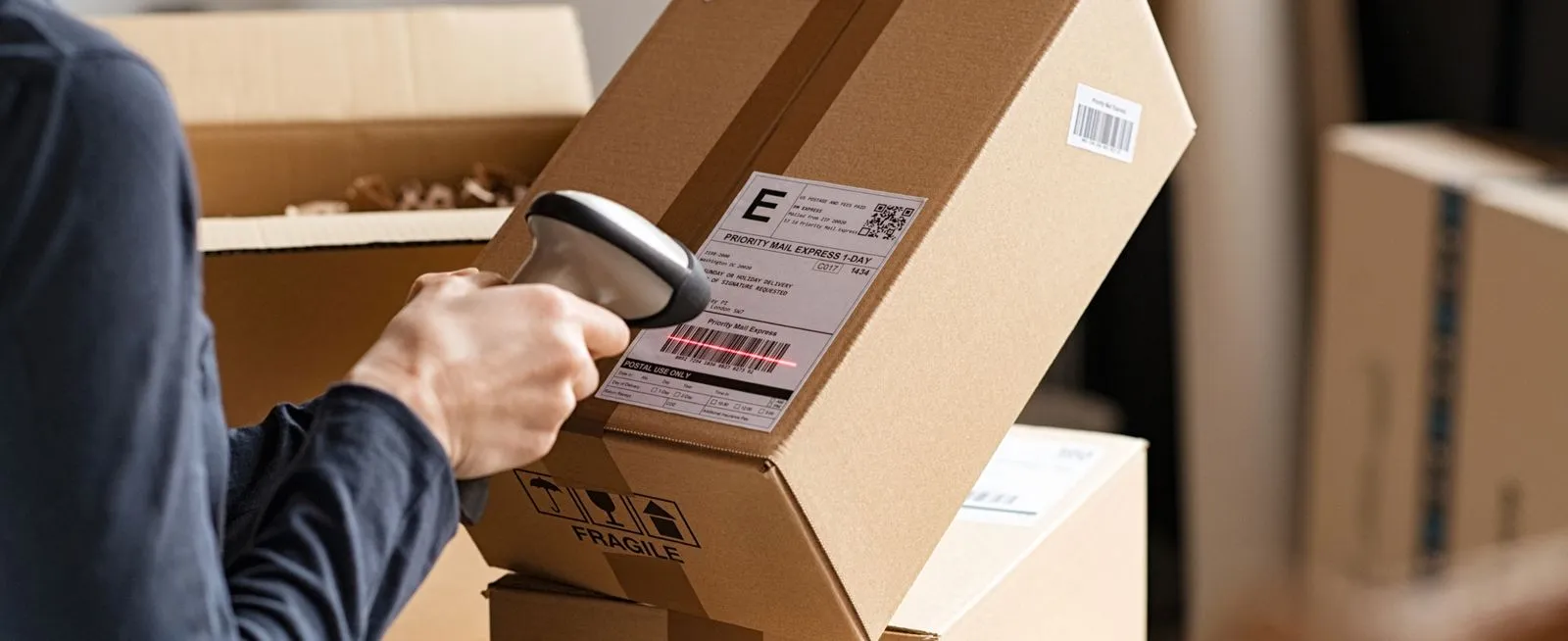
AI-powered delivery date estimates to boost conversion
Give shoppers peace of mind and protect and grow your bottom line
Personalized tracking experiences to build brand loyalty
Returns and exchanges management to mitigate fraud and reward best customers
Proactive communication to drive customer lifetime value
Delivery claim management to tackle fraud and build trust
Top 3 Returns Rules Shopify Merchants Need to Maximize ROI

Maximizing e-commerce profits is often talked about in terms of increasing prices or decreasing expenses. But while initiatives like these are important, there’s another opportunity for merchants to maximize their return on investment (ROI) that’s often overlooked:
Improving the profitability of a shop’s return process.
Roughly 25% of consumers return as much as 15% of their online orders—and each return comes with costs that negatively impact your business. To maximize your ecommerce ROI, you need to follow these three rules to ensure expenses related to returns aren’t hurting your profitability.
Rule #1: Reduce shipping costs when restocking inventory
If your return policy allows customers to send items back in exchange for a refund or store credit, you may have some flexibility regarding where your returns are sent.
Imagine that your business stores merchandise in warehouses located in New York and California.
If a customer in Oregon purchases an item that’s in stock at your New York location, you’ll have no choice but to ship it cross-country from there. But if they initiate a return of the item, having it delivered to your California warehouse (rather than New York origin) could help you reduce return shipping fees.
A few other considerations you’ll want to keep in mind when it comes to reducing shipping costs on restocked inventory include:
- Whether your ecommerce shopping cart system gives you the flexibility to assign return destinations by product category, by the item’s size and weight, or by individual product SKUs.
If your e-commerce solution doesn’t offer this ability natively, you may need to investigate whether integrating with a third-party technology provider makes sense.
- The average distance between your locations and your customers
If you have several warehouse locations around the country, reducing shipping costs in this way is more viable than if you only have a single location.
- The sophistication of your reverse logistics network
If you plan to send returns to warehouses, distribution centers (DCs), or other physical locations, do these facilities have the capabilities required to process returns and restock inventory that didn’t originate from the location?
- If you partner with drop-shippers…
Evaluate whether setting return locations based on product SKUs so that you don’t have to involve your drop-shipping partners in the return process may make sense.
- One more thing…
Keep in mind that streamlining your returns process by utilizing multiple locations may also help to get your returned stock back on the shelves as quickly as possible. In turn, this may increase your odds of being able to resell merchandise at full value, rather than having to discount items that are no longer in peak demand.
Rule #2: Set longer return windows for VIP customers
Generally speaking, shorter return windows come with financial benefits. Not only are you more likely to be able to resell returned items at full price, but reconverting resold items into revenue more quickly limits the impact of outstanding returns on your working capital and keeps your financial records more accurate.
That said, longer return periods are in your customers’ best interest. Consumers don’t want to be rushed, and global shipping delays associated mean they may not be comfortable taking a chance on a retailer with a shorter return window.
Fortunately, there is a middle ground: setting a longer return window for your best customers only.
Although companies like Home Depot, Target, Best Buy, and DSW already offer tiered VIP return benefits, Narvar’s 2021 Return Policy Benchmark Report found that only 9% of retailers across Fortune 50 retailers, omnichannel merchants, and direct-to-consumer (D2C) brands offer them.
By offering longer return windows to your top customers based on lifetime spend or loyalty program enrollment, you encourage future orders while also reducing costs through shorter windows applied to the bulk of your buyers.
Rule #3: Charge a conditional restocking fee
One final rule to consider implementing is a conditional restocking fee that allows you to assess additional charges in certain cases. For example, you might charge conditional restocking fees:
- When customers are returning items that are above a certain weight or size, for which you’ll incur exceptionally high return shipping fees.
- When international customers need to return items to your domestic facilities.
- To shoppers who aren’t enrolled in your loyalty program (or in a specific loyalty program tier that offers free shipping perks).
As a retailer, you have a lot of discretion here. Reviewing the return shipping charges billed to your company in the past can be a helpful way to identify patterns where conditional restocking fees may be helpful. Just be sure that any policies you implement are clearly defined in key areas of your site to prevent confusion or frustration among customers.
Finally, be cautious when implementing return policies that have the potential to disrupt your customers’ experience during the reverse logistics process—96% of customers who rate their return experience positively say they’ll shop with that retailer again. Be sure any approach you take to maximize ROI through your return rules balances both financial benefits and the benefits of creating a positive returns experience.


Related posts





















